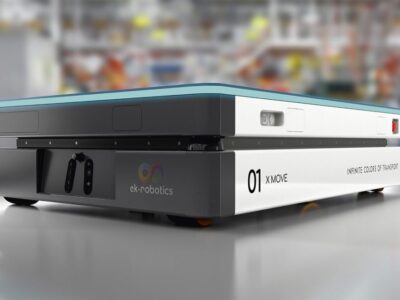
At mobile impasse, Intel tips Atom progress
Doug Davis, general manager of Intel’s new netbook and tablet group, will deliver the news in a keynote at the Intel Developer Forum in Beijing this week (April 12-13). The speech marks Davis’ first high profile appearance as head of the group formed late last year as part of Intel’s vow to get into the tablet market.
The news comes at a time when Intel is at a difficult impasse in mobile. Some engineers say it’s coming Medfield chip, a 32-nm integrated Atom aimed at smartphones, consumes too much power for handsets. Intel recently lost Nokia as a partner co-developing the MeeGo mobile Linux software for Medfield when the handset maker decided to focus on the Windows Mobile platform.
In the wake of the smartphone problems, Anand Chandraseker stepped down as general manager of Intel’s ultramobility group driving its cellular strategy.
Separately, Intel has not been able to get design wins for Atom in any top tier tablets from Apple, Motorola, Research in Motion or Samsung. The x86 giant has dominated the market for netbooks, but market watchers say netbooks have hit a plateau and are being surpassed in volume sales by tablets.
The net result is Intel is without a strong position in any of the rapidly growing mobile markets. Davis, widely hailed for his work as general manager of Intel’s embedded group, will put the best face possible on Intel’s netbook and tablet situation at IDF Beijing.
The 45-nm Intel Atom Z670, aka Oak Trail, is a two chip set that consumes up to 4-W and costs about $75. It includes a 1.5 GHz dual-threaded single Atom processor with video, graphics memory and display controller blocks in a 386 mm2 die. A separate chip supports HDMI 1.3a, serial ATA and other system I/O.
Intel will show at IDF as many as 20 netbooks and tablets using the chip set, some of them ODM reference designs. As many as 35 Atom-based netbooks and tablets will be available in 2011, starting in May, Intel said.
None of the new designs will support Honeycomb, the new version of Android geared for tablets and seen as the mobile OS most likely to challenge Apple’s iPad. "We are working with customers on Honeycomb devices that we expect will ship in the second half," said Larry Chao, a tablet marketing manager at Intel.
Likewise, none of the reference designs includes a system from a top tier OEM using Intel’s MeeGo version of mobile Linux. However, Intel will show systems from at least two small OEMs using MeeGo and at least one system showing an ability to boot two or three different OSes.
The IDF systems will include tablets from Fujitsu, Lenovo and Toshiba using Windows, Android or other operating systems.
Intel hopes its new chips breathe new life into the netbook market. Netbook "growth has slowed somewhat, but part of that has been a lack of investment in innovation," said Chao.
Intel’s next-generation chip for netbooks and tablets is Cedar Trail, shipping in the second half of the year. It will use 32-nm technology to pack two dual-threaded Atom cores, graphics, memory and display controllers and all system I/O into a single chip.
The new Intel netbook and tablet group has its own engineering teams. Over the next three years, Intel plans to deliver integrated versions of Atom each year using new process technology, Chao said.
Intel says the new Atom chips will enable slimmer netbook designs sporting larger 11- and 12-inch displays and more powerful feature sets. In addition, Intel will release soon a new user interface for MeeGo as part of a version 1.2 of the operating system.
 If you enjoyed this article, you will like the following ones: don't miss them by subscribing to :
eeNews on Google News
If you enjoyed this article, you will like the following ones: don't miss them by subscribing to :
eeNews on Google News




